Many people today are giving up grains. Why you may ask? Well, grains can contribute to inflammation and inflammation is the root cause to all disease. Many are going gluten free, and going grain free is just taking it one step further. Eating grain free involves eliminating not only wheat products containing gluten, but also gluten free grains, such as rice, corn, oats and barley. Some people may have heard of a ketogenic diet, which restricts carbohydrates to below 20 grams or so a day. This is not a ketogenic way of eating, nor is it a low carb option. It is a way of removing all gluten and inflammatory grain, which for many is very difficult to digest. While going totally grain-free is not for everyone, it might be worth a try if you find yourself struggling with issues like poor digestion or autoimmune diseases.
So, what are the benefits? Here are just a few:
- May Help Curb Any Food Addictions – High carbohydrate foods rank high on the glycemic index, so by eliminating many of those options on a grain-free diet, you rewire your brain to not crave and depend on those foods, breaking the chain of compulsive food addiction.
- May Improve Mental Health – there have been studies that eating too many grains can impact mental health. Elimination of grains may help with mental and brain problems such as epilepsy, anxiety, depression, ADD and autism.
- May Support Your Heart – there have been some studies out there that have found that grain free diets lower cholesterol, especially the bad cholesterol, LDL, as well as triglycerides. It is already known that refined carbohydrates, (where the fiber has been removed) lead to metabolic syndrome, stroke, diabetes and heart disease.
- May Improve Gut Health – as grains are harder to digest, they can end up causing inflammation in the gastrointestinal tract. This can lead to a condition called, “leaky gut syndrome” where the walls of the gut become more permeable. This can then lead to other health issues such as food sensitivities, headaches, eczema, chronic fatigue, thyroid disorders and weight gain. If you have Chron’s disease or suffer from IBS, going grain free may really help!
If you’re interested to see if a grain free diet is right for you, here are the foods that you should avoid: bread, wheat, rye, barley, bran, bulgar, couscous, orzo, spelt, corn flour, millet, oats, corn, cornmeal, rice, beer and other wheat-derived alcoholic beverages.
Here are the foods to consume: amaranth, buckwheat, quinoa, potatoes, kumara, carrots, pumpkin, legumes (beans, peas, lentils), raw honey, stevia and red wine.
Of course you want to continue eating a lot of healthy fats, lean protein, vegetables and fruits. If your diet currently contains a lot of grains, it will take some time to transition. I too am experimenting with reducing grains in my diet. Here are a few ways you can transition and substitute.
Cauliflower rice (a great way to kick the rice habit) — When you chop cauliflower into tiny pieces (about the size of a rice grain), it can work just as well as rice in pretty much any recipe. Whether you process it in a blender yourself or purchase pre-diced cauliflower.
Coconut or buckwheat “pizza crust” — Making a pizza crust with coconut or buckwheat flour will help you eat the pizza you desire without any of the troublesome grains.
Zucchini noodles — I love using my new spiralizer I got for Christmas to make zucchini or squash noodles, “zoodles” and it does really trick your brain into thinking you’re eating pasta!
Paleo bread/muffins — Experiment with other flours out there. Two of my favorites for baking are almond or coconut flour. You can also find gluten-free flour.
Potato “buns” — Creating “buns” from round potato slices is a great way to get that sandwich feeling. Try using rounds sliced about ½ inch thick and baked for 20 minutes at 350 degrees.


